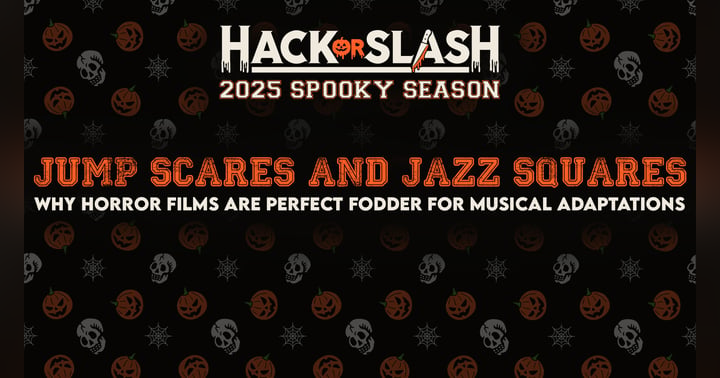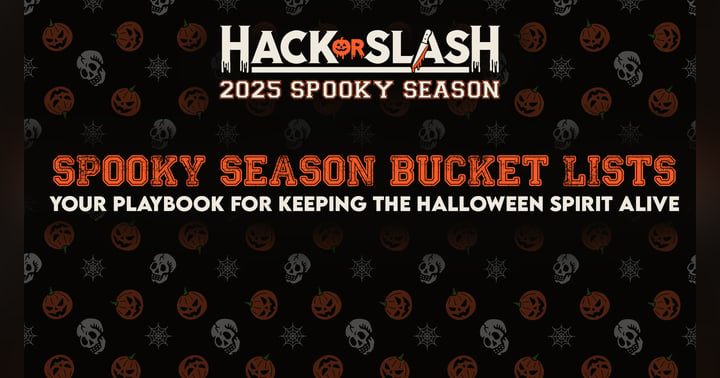Right in the Childhood: The Public Domain Pivot to Horror

What is old is new again when every year the clock strikes midnight on January 1 and with it brings a new slate of properties that are entering into the public domain. The holidays are over, but this is a gift that I excitedly unwrap every year to see what beloved characters, stories and other forms of media are now up for grabs for the creative community.
What is the public domain?
The public domain is when previously copyrighted and or trademarked works of art, writing, music, animation, really anything that was created and put on paper (literally or metaphorically) are open for creative use whether for personal or profitable purposes.
The rule of thumb is that copyrighted works usually enter the public domain 70 years after the death of the original author. Some other works based on when they were published may not be available until almost 90 years later, but at that point what’s a couple extra decades, right?
What does that mean for horror?
The public domain allows for creatives to take those characters and properties with an approach not dissimilar to Picasso…painting these characters in a new light, with new colors and rearranging their fundamental properties and features into something new. Something that perhaps its prior owners would have never allowed when under their ownership for fear it may taint or destroy the original property, making it unmarketable for future paydays.
One of horror’s greatest public domain darlings is, not surprisingly, Dracula. It became public domain in the 1960s and, not surprisingly, the decades to follow has resulted in every possible iteration of the bloodthirsty vampire story. Even today there are still one or two vampiric versions entering theaters and streaming services every year. (Looking at you, Renfield!)
One property that famously violated this copyright law was Nosferatu (1922). Despite Bram Stoker’s story being almost 40 years away from its public domain debut, German filmmaker F.W. Murnau decided a simple name change would do the trick. Reader: It did not, in fact, do the trick. Stoker’s widow filed a lawsuit and famously all copies of the silent film were ordered to be destroyed.
Of course, we all know that a few copies survived and in 2019, the Nosferatu property entered the public domain on its own and shortly after, David Eggers jumped in to bring us one of the most hotly anticipated movies of 2024.
A More Modern (and HoS Friendly) Example
Before 2022, horror director Rhy Frake-Waterfield would have needed express permission (and most likely a larger budget) to use Winnie the Pooh and Piglet for their “Blood and Honey” series. But, since they began filming and distributing the final product after the characters entered the public domain in 2022, the filmmaker no longer needed the permission of the A.A. Milne estate to make them the blood-soaked baddies of their films.
In fact, Frake-Waterfield has become interestingly notorious for being the first to snap up the stories and likenesses of some of our culture’s most famous and beloved childhood characters and incorporating them into what is being coined as the “Poohniverse.”
Disney’s first loss to the public domain happened in 2024 with “Steamboat Willie” and almost immediately two films were announced featuring the whistling mouse (not yet named Mickey mind you!) One being “The Mousetrap” and one being the David Howard Thornton vehicle “Screamboat.”
Without the public domain we would likely never be privy to watching Pooh and Piglet, and more recently Peter Pan become figures of our nightmares, instead of pastel-colored sweet dreams. It may not be for everyone, for some, it’s an exciting way to turn a beloved property on an axis and bring something new to the story.
So, next year when the calendar refreshes and we have a whole new 12 months ahead of us, be sure to Google what properties will enter the public domain and start imagining what next great horror story or film YOU could create using the beloved characters and stories of our youth.



